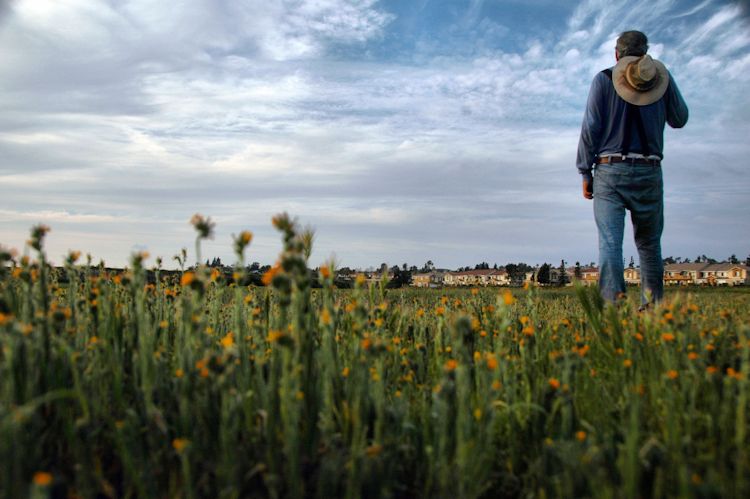Pax Nortona – A Blog by Joel Sax
From the Land of the Lost Blunderbuss
Home - Nature - Evolution & Creation - Sequential Photography
Sequential Photography
Posted on January 19, 2005 in Evolution & Creation Photography Photos
 It was Edweard Muybridge who rigged up a phalanx of cameras and shot a running horse so that Leland Stanford could settle a bet* once and for all. These photos are credited as the foundation stones of motion picture photography, but one could also think of them as the groundings for comic books. Teresa caught my eye with an article about an LA-based photographer who uses sequential photography to breathe life into street scenes.
It was Edweard Muybridge who rigged up a phalanx of cameras and shot a running horse so that Leland Stanford could settle a bet* once and for all. These photos are credited as the foundation stones of motion picture photography, but one could also think of them as the groundings for comic books. Teresa caught my eye with an article about an LA-based photographer who uses sequential photography to breathe life into street scenes.
It’s a fascinating concept, though not unlike the story boards that we were one time supposed to create for the Boy Scouts photography merit badge. But Robbert Flick works the concept in his own way. My own results (see my mobog gallery) were nowhere near as stunning, but then I am new to the technique and need to explore it for myself.
On top of this, as soon as I posted the last photo, the Mobog thumbnails on my page acted up. One of those events when, taken at random, seem to form a case that the Universe is out to make one suffer.
Check this gallery of Muybridge’s work which has been animated for the Web. My mind, educated to respect the classical nude, is not shamed to see naked men wielding swords at one another, their penises bobbing harmlessly as they aim for one another’s chests (did soldiers ever aim for the nuts, I wonder or was that just too inviting of vendetta?) [see plate 349] yet I do not know whether to laugh or to blush at the man hitting a baseball? [see plate 249]. More than his speck of a penis, his mouth — which falls open as he makes his swing — holds my eye. The postures of the swordsmen appear separate in time, hardly a movie in the modern sense. The batter, though, is a unified sweep. The comedy comes entirely from his gape.
The set following this consists of two men wrestling. I should say that one wrestles. The other walks past as if he were taking a stroll down a respectable San Francisco Street when he is suddenly picked off the ground by his anatagonist and made the foundation of a stack of similar men on the floor.
Further along the course set by the curators of the UCR Museum of Photography you will find men flipping in the air, marching as if on sentry duty, turning earth with a shovel — often from two or more angles. A pair of girls splash water at one another. The ragged look of the animations suggest the brutishness of poetry describing motion.
*The bet was about whether a horse lifts all four feet from the ground when in a gallop. What if the loser had been schooled by Creationists? I can see him raising objections: “OK, so you found one horse which for one instance lifted all four feet off the ground. Show me another.” And upon production of this image, he would naturally ask for another. Should one of Muybridge’s images had turned up an equine which kept all four feet to the ground, you can rest assure that this image and this image alone would be exhibited by the man. Using the mendacious argumentative style of the Creationists and Intelligent Design theorists, he could have stalled paying off as long as he and Stanford both lived.
And now you know why I see Creation “Science” as sinful.

